Eyewear for Night Vision Enhancement: Enhancing Visibility in the Dark
For centuries, humans have been captivated by the mysteries that unfold after the sun sets. However, navigating through the darkness has always been a challenge. Thankfully, with advancements in technology, we now have eyewear specially designed for night vision enhancement, revolutionizing the way we see and explore in low-light conditions.
Night vision eyewear consists of advanced optical technologies that amplify dim or near-infrared light, making objects and environments visible even in complete darkness. These devices were initially developed and utilized for military purposes, but today, they have found their way into various industries and even the recreational market.
The most common types of night vision eyewear are binoculars, goggles, and monoculars. Binoculars offer a magnified view through two eyepieces, allowing for a more detailed and immersive experience. Goggles, on the other hand, are worn over the eyes, typically as a headset or attached to a helmet, providing hands-free visibility. Monoculars are like miniature telescopes that offer a single-eye view, making them compact and lightweight for easy portability.
The basic principle behind night vision eyewear involves collecting tiny amounts of available light, such as starlight or moonlight, and amplifying it to create a brighter image. There are two primary technologies used in these devices: image enhancement and thermal imaging.
Image enhancement night vision technology works by capturing ambient light available in the environment and electronically amplifying it. The light is then channeled through a photocathode that converts photons into electrons. These electrons are then accelerated by a high voltage to strike a phosphor screen, creating a visible image for the viewer. This technology is commonly used in consumer-grade night vision devices due to its effectiveness and affordability.
Thermal imaging, on the other hand, does not rely on light. Instead, it captures the heat emitted by objects and converts it into visible images. Thermal imaging works by using a detector that detects infrared radiation emitted by objects or people. The images produced through thermal imaging are usually displayed in varying shades of grayscale, with brighter sections indicating areas with higher temperatures. This technology is often used in more advanced and specialized night vision equipment, such as those used by law enforcement agencies or wildlife enthusiasts.
Night vision eyewear has proven invaluable in a wide range of applications. In the military, it enhances soldiers’ situational awareness during night missions, allowing them to navigate and identify potential threats effectively. Law enforcement agencies use this technology for surveillance and tracking criminals in low-light conditions. Additionally, night vision eyewear is also popular among wildlife watchers, hunters, and outdoor enthusiasts who can now explore and observe nocturnal animals without disturbing them.
As demand for night vision eyewear grows, the market has witnessed significant advancements. Modern devices boast improved image quality, longer battery life, added durability, and increased versatility. Some models even come equipped with features like built-in infrared illuminators, allowing users to see in complete darkness without needing external sources of light.
In conclusion, eyewear for night vision enhancement has revolutionized our ability to see and explore in low-light conditions. With image enhancement and thermal imaging technologies, these devices have become indispensable across several industries and for recreational purposes. As technology continues to evolve, we can expect even more advancements in night vision eyewear, making the unseen visible and allowing us to unravel the secrets of the night.
